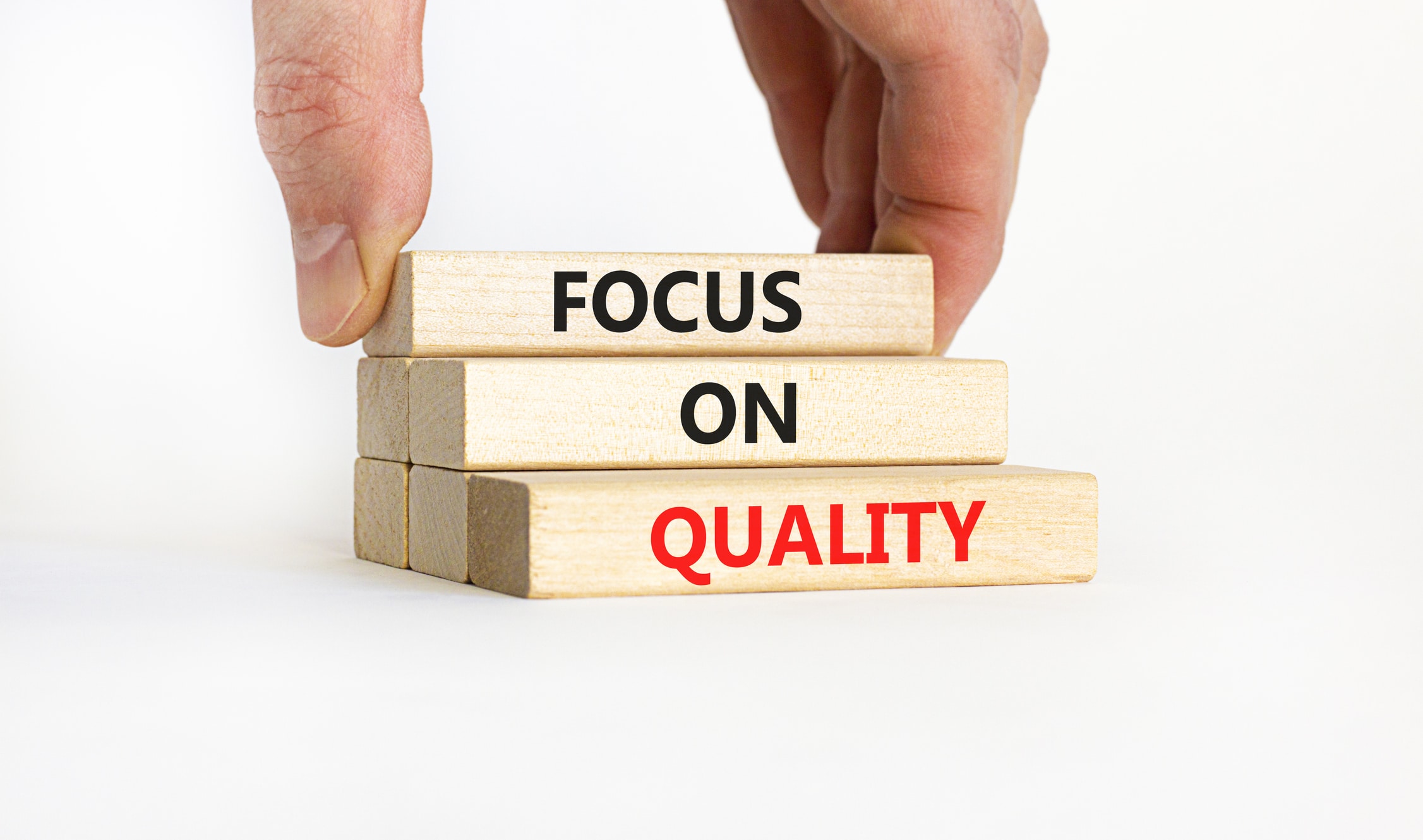
We often talk about digital transformation as an internal issue for enterprises. Bring your systems up to date. Digitalize and connect your operations. Increase your resiliency and efficiency to be more competitive. It is important to not neglect an outside-in perspective and consider the growing importance of the industry ecosystem – connecting organizations to each other for greater, overall value by all participants.
According to IDC and others, digital transformation is bringing about this change. It’s breaking down the walls of the traditional organization. The future, analysts say, will become more reliant upon the digital industry ecosystem that evolves out of what is referred to as the “connected worker.” This shouldn’t come as a surprise, given the increasingly digitalized nature of how business gets done today. These ecosystems will comprise the things we’ve always thought of as internal to a company, such as data and knowledge, human resources, applications, and even operations.
Imagine an open, digital marketplace where manufacturers, suppliers, distributors, and others can share resources to create what are essentially virtual organizations capable of changing dynamically on the fly.
Is this the future of the industry? For many companies, it’s already here.
The Future is Closer Than You Think
Consider that enterprises have been outsourcing at least some production for a long time. The digitalization of these relationships is already well matured. Manufacturers have extended their value chain beyond the four walls and have included their supply chains too, making them much more responsive and agile. In logistics and warehousing, shared resources have greatly reduced inventory and shortened delivery times for every company that can tap into that emerging ecosystem.
In many of the most consumer-facing industries, digital ecosystems have already taken over. For example, Uber and Lyft use Google mapping on Amazon Web Services to schedule drivers and riders using different devices connected through different carriers.
Read this related article, Digital Continuity – The First Step to Creating an Industry Ecosystem.
It’s easy to see the value of such a holistic approach. You can respond to production problems or customer issues faster and more effectively when you are part of a digital ecosystem. You can even build an organization using “parts” available in the marketplace. Don’t have a software development team to support your plans? Instead of hiring, just tap into the ecosystem. Starting a company with limited resources? Build a virtual organization almost overnight. Powered by digital transformation, partnerships can be formed and dissolved from one day to the next. Or companies can collaborate for the long term to shake up their industries with continuous innovation.
There is immense power in collaboration. A flexible industry ecosystem is not bound by the walls of the company, and all businesses stand to gain by participating.
What’s the Roadmap for an Industry Ecosystem?
An industry ecosystem doesn’t have an endpoint. It is not a project to be completed. Rather, it is an evolving way of doing business among companies. The same technology that allows manufacturers to digitally integrate their supply chains, is the same technology behind the new shared economy. Every company digitally connecting with you is also connecting with others.
To participate in these emerging ecosystems, enterprises first need to bring their internal systems fully up to date with forward-looking technology platforms that are open and connected. Legacy or closed systems will be barriers to participation. As IDC says, companies will need “open, agile, and scaled systems that can respond dynamically to change.”
Technology vendors, for their part, have to focus on creating open systems with federated data “from connected products, assets, people, and processes.”
The most important change may be in how enterprises view themselves. Increasingly, that view will be defined by the customer. IDC cites two customer-related issues as drivers: the power of personalization and the high expectations of consumers when it comes to digital technology. All companies can do better in both respects if they are part of an industry ecosystem. For instance, by providing a seamless and consistent experience at every customer touchpoint, the overall experience of working with you as a solution provider will go up – even if that touchpoint is one of your partners or suppliers. It’s going to be more and more difficult to meet customer expectations without participating in an industry ecosystem.
At the Tipping Point
The truth is, nobody knows exactly what industry ecosystems will look like in the future, or how they will evolve. We’re at a point similar to the Internet in 2000, where disruption was on the horizon, but its true potential was hard to see. The only clear thing is that change is coming fast, with more than 80% of organizations now undergoing digital transformation. Industry ecosystems are evolving rapidly, driven by powerful economic forces, and they will have a lasting impact on how manufacturers view and manage their partners, their industries, and even themselves.
Manufacturers that have digitally transformed are shaping that future now and can readily participate in these new opportunities. Those saddled with legacy or closed systems will be forced to watch from the sidelines.





